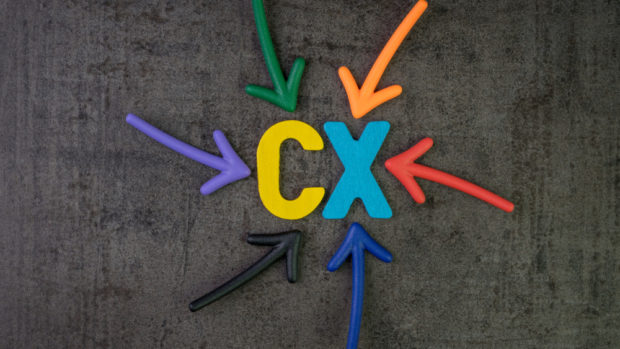At
first glance, many traditional retailers appear to be delivering
integrated omni-channel operations. But a closer look shows that many
have simply achieved cross-channel inventory visibility: a stopgap
solution at best. Industry experts agree that this isn’t enough to
compete in today’s marketplace – the essential goal for serious
retailers is single inventory availability.
And
there’s a good reason why. The key to building a great 21st century
brand experience is customer-centricity. And in the new retail arena,
customer expectations are increasing. If they want a product sent to
their home or office, it is no longer good enough to deliver it three
days later. If two-hour click and collect from a local store is a viable
alternative, it should be possible to allocate that stock for two-hour
local delivery.
Any
product in stock anywhere in a retailer’s network now needs to be
available for delivery to any channel. That requires more than just a
single view of inventory – it demands total control. Fail to deliver
this level of cross-channel service and they risk losing customers to
the brands that are set up to do it brilliantly.
The
hard truth is that most traditional retailers still have a long way to
go. But if they can achieve the inherent operational fluidity built in
to pure online retail operations and marry that with the power and
flexibility that a store network offers, they will find themselves in
pole position to compete and win customer share.
The question is, what’s the smartest route forward?
Dealing with complex order flexibly
Cross-channel
returns. Real-time order changes. Direct shipping from the supplier.
Shortening lead times. On-time delivery. Instant returns availability.
In-transit fulfilment flows for single delivery. These are all
challenges even the world’s most successful retailers face; yet many are
starting to find way of managing these flexibly and profitably, using
the real-time status of stock.
By
establishing a single stock pool across the entire business, retailers
can gain visibility into every detail of an order and can manage
changes, returns and exchanges in the most effective way for their
business. Products can be returned in-store, even if an order was placed
online, with the items immediately made re-available to sell, if that’s
the smart decision.
The result? The business can deliver more orders, incredibly flexibly, at the best possible margins.
Simple control of a single cross-channel inventory
Formulating the right inventory outcomes delivers benefits in three key areas.
1. Keep every promise and make it personal
It’s
no longer good enough to show a customer which inventory is available
in which channel. Customers don’t care where your stock is located –
they just want you to deliver on the promises you make. Items the
customer has chosen must be available for picking, packing and delivery
on the right date, in the right location.
By
consolidating order information and transactions into one repository,
complex calculations can now be made in an instant, based on real-time
stock locations, availability and delivery needs, no matter how, where
or when an order is made to meet increasingly demanding customer
expectations.
2. Improve the bottom line
Inventory
levels directly affect the bottom line. Retailers need to reduce their
investment in stock holdings and create a single inventory that’s
available online, in store or via click and collect. This means less
handling too, reducing the average cost per order.
A
single inventory also makes it easier to deliver orders from the most
profitable location. An online order can be fulfilled from a store near
the customer, rather than from a dedicated online distribution centre
hundreds of miles away, making the order faster to fulfil and protecting
the profit margins on every sale.
3. Play with the best
Omni-channel
operations put incredible pressure on IT and supply chain teams. Moving
from one integrated view of inventory to one integrated approach to
fulfilment can be complex. Supply chains are becoming increasingly
fragmented too.
Treating
all inventory as a single channel allows retailers to calculate the
best stock sources and delivery routes. It widens the range of inventory
available for sale too, and reduces storage costs by enabling shipping
direct from suppliers or factory, if appropriate. It’s something that,
until now, online players like Amazon have used as a differentiator.
Traditional retailers can now level the playing field.
Conclusion
Omni-channel
retailing demands a new approach to managing inventory if retailers are
going to be able to meet today’s customer expectations. Focusing on
cross-channel visibility is no longer enough; success in today’s retail
world demands real-time, single inventory availability.








Share